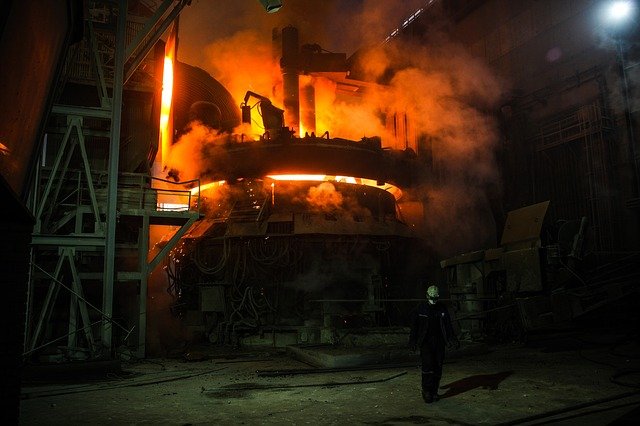
Explore Application and Technology of Refractory Materials in Iron and Steel Industry
Refractory materials have always played a major role in raw iron & steel production for lining metallurgical vessels. Although they were once almost exclusively designed to protect the steel casings of the vessels, today they must be considered as an intrinsic part of the metallurgical process. They are used in the fields of direct reduction modules, batteries for coke ovens, blast furnaces, transport and pre-treatment of hot metals, oxygen converters, electric furnaces, steel ladles, recirculation degassers, tundish, casting systems, heating furnaces, heat treatment units, and other downstream equipment.
Modern refractory technology is no longer solely dependent on the properties of the materials. Heat engineering, monitoring techniques, furnace design, lining installation, and furnace operation have all evolved into a technology. The development of refractory technology coincided with advances in iron and steel manufacturing processes.
Although the term “refractory” correctly defines the fundamental property of refractories, which is their ability to contain substances at high temperatures, refractories are a wide class of materials that exhibit that property to varying degrees, over varying periods of time, and under varying conditions of use. Refractory compositions come in a wide variety of shapes and sizes, and they’ve been used in a wide range of applications. The fact that they would be exposed to temperatures above 1000°F (538°C) while in operation is a common consideration.
Requirement of Refractories in Steelmaking:
There are two types of refractory products:
- Brick or fire-shaped refractories.
- Specialized or monolithic refractories.
These bricks, or specialties like plastics, castables, gunning mixes, or ramming mixes, or a mixture of both, are used to make refractory linings.The cost and quality of steel products are heavily influenced by refractory materials. In recent years, the market for high-quality refractory has increased due to the diversification of steel products and their purity requirements. Steelmaking necessitates extremely high temperatures, on the order of 1600 degrees Celsius. Steelmaking also requires the use of refractories because it includes chemically reactive high temper phases such as molten steel, slag, and hot gases. Since refractory costs are factored into the overall cost of the commodity, high-quality refractory at a lower cost is the primary requirement.
Refractories may either make or break a product. Any high-temperature operation requires an energy-saving assurance system. Refractories of the right quality, quantity, and engineering will save energy and money.
- Refractories carry heat: Its failure could lead to fatal accidents. As a result, refractories must be carefully selected and applied to ensure secure and efficient operations.
- Refractories need maintenance: High-quality refractories require fewer repairs, resulting in less downtime. The cost of refractories is higher than the cost of minimizing downtime.
- Refractories change over time: As new technologies emerge, making implementations simpler, better, and faster. Because of the wide range of refractory materials now available, it is possible to mix and customize refractories. Customers find refractories more fascinating and appealing because of their ability to be personalized.
- Refractories corrode: Over time, refractories corrode. The degraded particles mix with the other particles in the system, introducing impurities to the final product.
Refractories of higher quality corrode less, resulting in fewer impurities and better value for money.
Conclusion:
The refractory industry is limited in comparison to other industries. Because of its small size in comparison to key user industries such as steel, cement, and aluminium, it has yet to gain proper recognition. It is, however, a highly specialized industry with a significant contribution to the Indian economy.